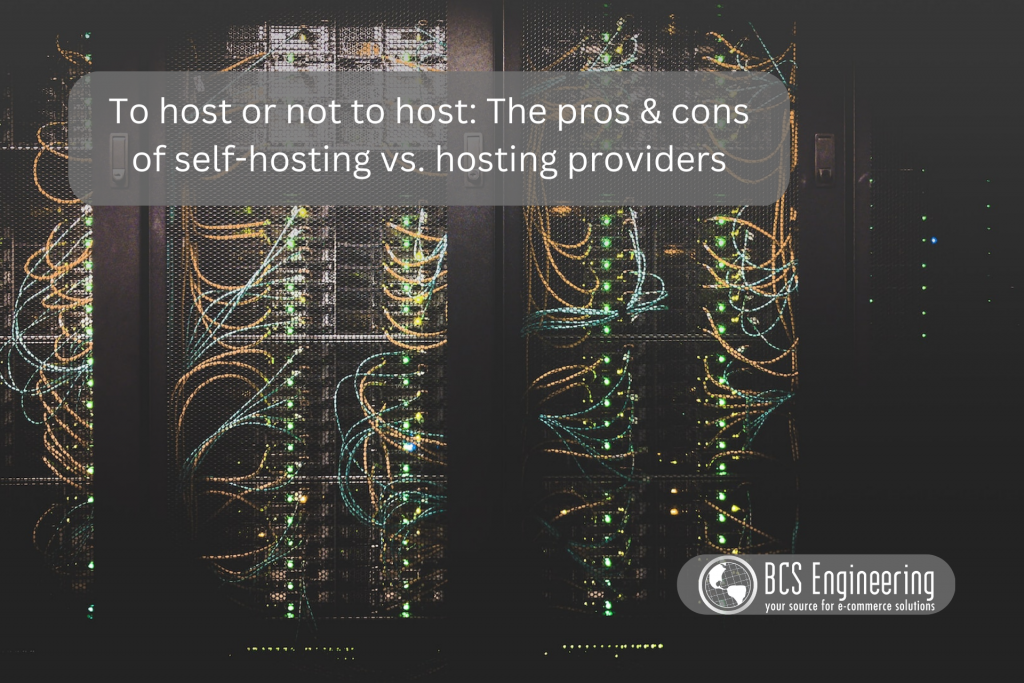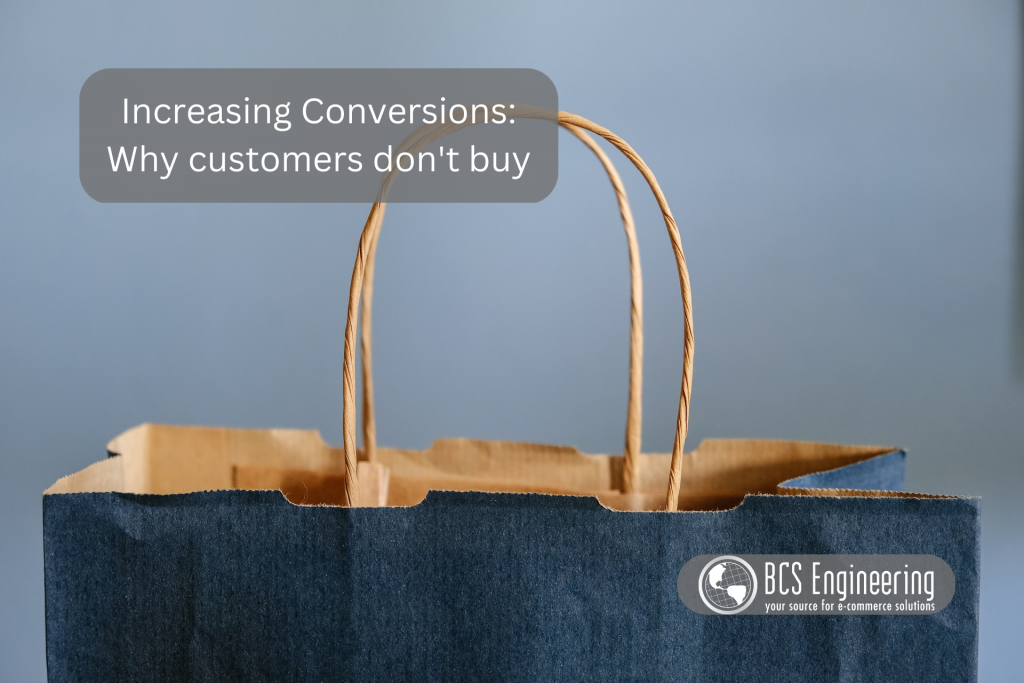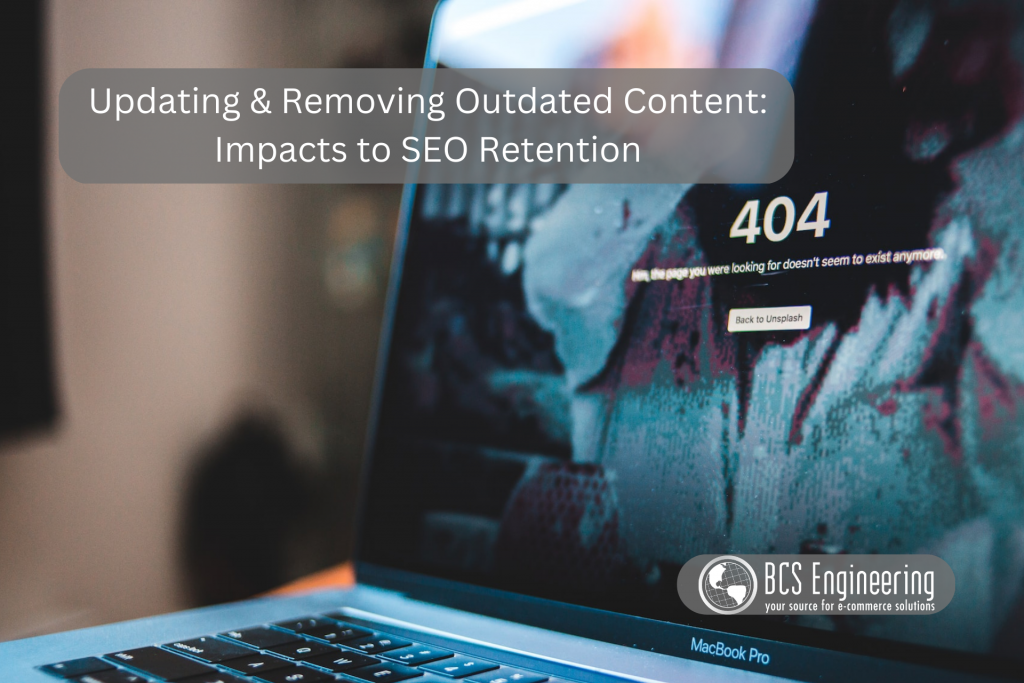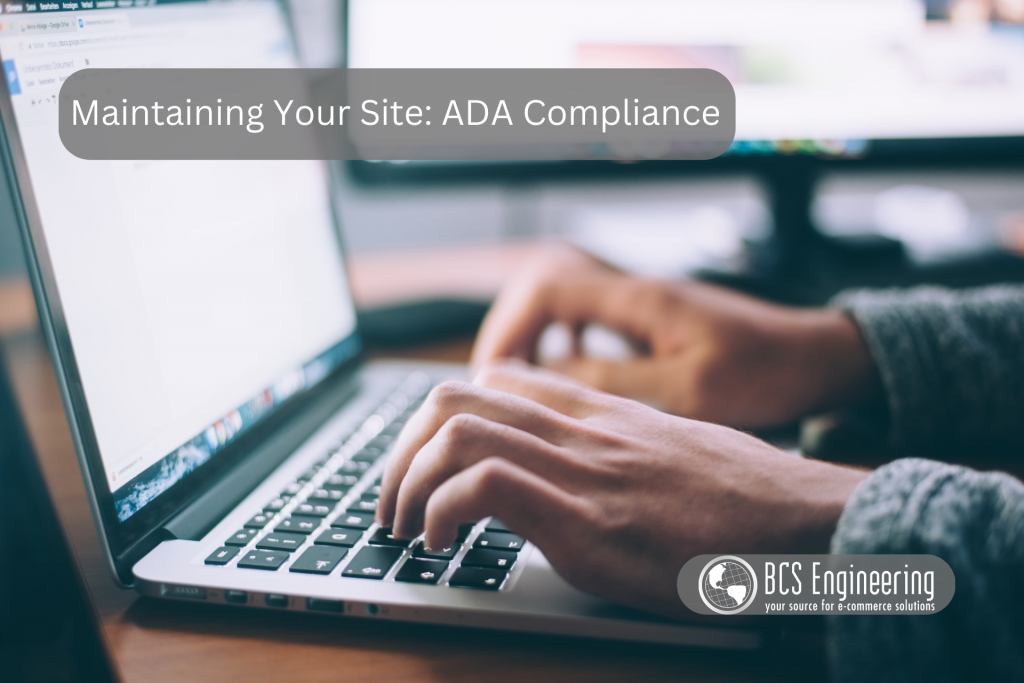Launching a new website, new content, or new features is an exciting, yet stressful part of eCommerce. On the one hand, we eagerly anticipate the results of our hard work, hoping to see increases in user traffic, engagement, and an overall boost to our online presence. On the other hand, however, we know there is a risk of issues: broken links, sluggish loading times, frustrating usability errors, and so forth. The list could go on and on. The truth is, launching new content often doesn’t immediately deliver the seamless user experience we envision. That’s why it is important to test your website.

The importance of website testing
Performance issues upon the release of new content is a common challenge faced by website owners and developers alike. However, we can lessen the number of issues that occur on our live sites by testing our sites beforehand. To test our site, we simply need to go through it and keep an eye out for anything unexpected. By putting ourselves in the shoes of our users, we can find bugs and issues that they may run into and fix them before officially going live.
How to test your site
While testing your site may sound simple, there are a lot of aspects to consider. How you test your site and what you test your site for can vary dramatically depending on your goal, audience, content, and features. When deciding what to test on your site, you have to consider your personal goals and objectives for your content as well as consider how customers will interact with your site as a whole. However, there are six essential performance areas that all website owners and developers should test before launching new content.
1. Browser Compatibility
One easy way to catch issues with your site is to view your site through different browsers. While our site may look fine and run as expected on one browser, our site may not be fully compatible with others. Browsers such as Google Chrome, Safari, Firefox, Microsoft Edge, Opera, and so forth all have different capabilities, requirements, and features. Due to these differences, issues such as slow load times, unapplied styling, and broken features, or even page failures can occur on different browsers.
When testing for browser compatibility, focus on the browsers that your customers prefer to use. While we could test every browser possible, going through your entire site on multiple browsers would be time consuming. On top of that, certain browsers may not meet your standards of security and application capability, making them an undesirable platform altogether. Work with the browsers you and your customers care about to optimize your website for those platforms.
2. Responsive Design
Since our customers view our sites on a variety of devices, it is common to design your site to have a responsive design. A responsive design is a site that will adjust your page to suit the device it is being viewed on. Changing the size of text or the arrangement of images, for example, is apart of a responsive design. Now more than ever, making sure that your site experience is consistent across devices is key to creating quality user experiences.
To test the responsive design of our site, we can open our site on devices such as computers, phones, and tablets. We can also use browser tools such as Google Chrome’s Developer Tools to get an example preview of how our site would look on all sorts of devices. Beyond visual appeal, also test how easy it is to navigate and interact with your site. Buttons, sliding banners, and so forth may run into errors on different devices.
3. Site Forms
From newsletter sign ups to account creation, making sure our forms are intuitive and error resistant is important to encouraging users to fill them out. Unresponsive or misplaced fields, missing instructions, and lack of error prevention can cause users to back out of forms or turn in forms with inaccurate information. By testing our forms, we can prevent losing valuable customer interactions.
To test forms, we need to consider the look, responsiveness, and usability of the forms. Are the fields in the right place? Are they styled correctly? Are they all there? Simple questions like these can go a long way. We also want to test filling out and submitting a form. Is it easy to fill out the form? If I put in incorrect information, such as an incomplete email address in the email field, does the form accept it? Do the results of the form populate correctly on the backend? When testing your forms, also check how well your form works when tabbing through the fields since some users may not be using a mouse.
4. Searches & Filters
For many eCommerce sites, there may be a search feature available for users to use. Whether it be searching for relevant pages or through your collection of products, search bars can run into many issues. Search results may be incomplete or showing irrelevant items. They also may not recognize certain words while accepting others. Filter options may not be functioning as intended. Overall, it’s important to do extensive testing of your search bar to ensure that users can find what they are looking for.
To test your search and filter features, start with noting if they are easy to find and use. After that, put yourself in your customer’s shoes and start trying to search and filter your items. Search for your items by type, brand, price, and so forth to see what comes up. Even search for items you do not have. When filtering, check to see if your filters are showing the correct items and if multi-filtering works. Do the filters stay? Are they intuitive to use? Testing your search and filter features can take a while but are well worth it.
5. Add to Cart Functionality
When it comes time to for a user to add your product to their cart, we want to make sure that it is easy, accurate, and transparent. Issues such as missing items, buggy buttons, and missing information can cause potential customers to backout of a purchase. Since adding items to the cart is just the beginning of the checkout experience, it is important to test it thoroughly to ensure quality user experience.
To test your add to cart functionality, try adding your items to your cart. When you add items to the cart, what happens? Make sure that what you expect to happen, whether it be a message with an option to continue shopping, a number placed by a cart symbol, or so forth, happens correctly. We should also check that our add to cart page works properly by testing quantity changes, deleting items, and applying coupons. Another important aspect to keep in mind is subtotals and totals. Do they reflect the price appropriately? Do they change appropriately when things are added or deleted? Is tax and shipping included? Making sure that the shown price is as transparent as possible is important to making users comfortable enough check out.
6. Check Out Experience
Making sure check out is as smooth as possible can be a make it or break it moment for potential customers. The process needs to be simple and sweet, and when testing your checkout experience, you need to consider how you feel about it. Is it too long? Does it make sense? Is there anything confusing? Any sense of inconvenience can stop a user from becoming a customer.
Much like with other tests, you need to go through the check out process as if you are a customer. Keep track of moments where the process stops flowing smoothly so you can address them later. Other things to keep in mind when testing check out is making sure guest check out works, return customer information is retained, payment and shipping options are valid, and any confirmation texts or emails are working appropriately. On the back end, you may want to make sure that orders are being created and saved properly, and that user data is securely stored.
Want to Learn More?
Testing your website to make it as optimized as possible before launch is important to creating quality experiences for your users. Read our blog or listen in to our podcast for more tips and guides on making your site the best it can be! If you want more hands-on guidance for improving your website, join the waitlist for Carrie Saunders’ upcoming course, “The Converting Website.” In this course, she will dive into a variety of important factors that aim to optimize your website.









